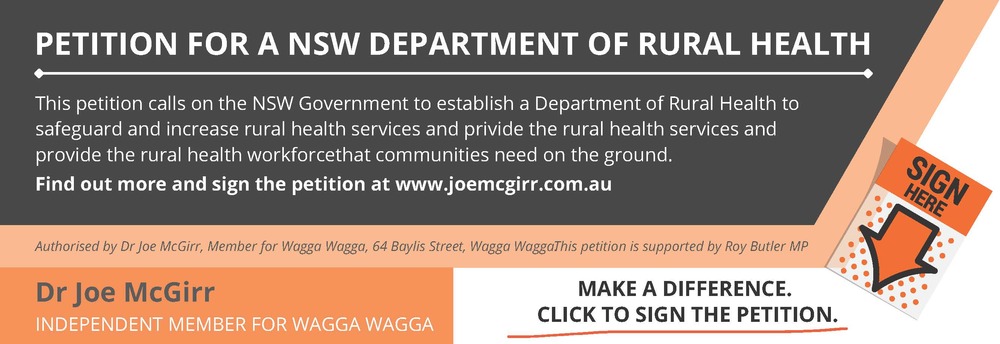Lachlan Shire an oasis in a childcare desert
Lee O'Connor
16 April 2022, 7:13 AM
 Children enrolled in the Lachlan Children's Services Kids Bizz Out of School Hours Care (OSHC) enjoy an outing in a local park. IMAGE: Lachlan Children's Services facebook.
Children enrolled in the Lachlan Children's Services Kids Bizz Out of School Hours Care (OSHC) enjoy an outing in a local park. IMAGE: Lachlan Children's Services facebook.A recent report has revealed that three million people in NSW are living in what amounts to "a childcare desert", however the Lachlan shire seems to be bucking the trend.
The report, released on 22 March by the Mitchell Institute at Victoria University, found that 33% of people in the Sydney metro area and 42% of people in regional NSW live in areas considered ‘childcare deserts’ - where three or more children were vying for every single childcare space available.
The Deserts and oases: How accessible is childcare in Australia? report maps out the shortage of childcare services across every neighbourhood in the country and compares it to the socioeconomic status of communities and female workforce participation.
Not surprisingly, the report reveals that childcare services follow the money, with the wealthiest city suburbs having an abundance of child care while places like Mount Druitt and many poorer regional areas are facing an "acute shortage."
In our region, the smaller the community the less likely you are to have access to childcare, with centres of less than 1500 people being particularly exposed.
Lead author Dr Peter Hurley said the research showed providers were not only establishing services where there was greater demand, but where they were likely to make greater profits.
“Unlike schools, the early learning sector is made up of for-profit businesses and not-for-profit providers,” he said. “Our research shows that the most expensive childcare in Australian cities is also in suburbs with more childcare places, suggesting there is an incentive for providers to open in wealthier areas where families can afford to pay higher fees.”
“For many regional towns, Australia’s policy approach to early learning results in a complete absence of provision, especially for towns with a population of less than 1500 people,” Dr Hurley said. “These are not thin markets but rather an absence of a market as the current policy settings mean it is not viable for providers to offer childcare.”
However, while much of the western region falls into the 'desert zone', there are bright spots including around Condobolin and Lake Cargelligo where the network of services even extends to the smaller more remote communities.
While many communities across the western plains have 0.0 to 0.25 child care places per child, availability in the Lachlan Shire ranges from 0.267 up to 0.9274 places per child, making it an "oasis" in comparison.
Not only does that shire boast three separate early childhood care or preschool providers (two in Condobolin and one in Lake Cargelligo) and two or three home-based registered family day carers, the area also hosts regular mobile services so towns like Tullibigeal, which receives a service two days each week, can be catered for to some extent.
The community of Tottenham, with a population of around 320 in the township and 1000 in the surrounding district even has its own combined preschool and child care centre..
Local shire councillors are being given some of the credit for pushing for the services, and having facilities that offer a combination of preschool and long day care services, as well as After School and Vacation Care places, seems to provide more scope for families.
"We've just had so much ask for it," said Kelly Norris, co-ordinator of Lachlan Children's Services.
"Lachlan Shire Council is our approved provider for the Condobolin centre and the Lake Cargelligo mobile."
"The councillors at Lake Cargelligo and Tulli called to have care out there and the whole Lachlan Shire Council are big supporters of early education and care in our shire."
Ms Norris says that there is still unmet demand in the Lachlan Shire with some services full with waiting lists.
Dr Hurley said the shortage of childcare places across the country was a concern for both the economy and children’s early development.
“There is a huge body of evidence showing the positive long-term impacts produced by high-quality early learning in setting children up for success as they transition to school, with the benefits continuing throughout their life,” he said. “It is children from disadvantaged background who benefit the most, but our research shows these children are the ones most likely to live in an area with a shortage of childcare places.”
Dr Hurley said access to childcare made economic sense by boosting workforce participation for women, helping families, employers and the economy.
“Families need easy access to affordable high quality childcare and there is a clear link between childcare accessibility and female workforce participation. Making it easier for mothers to work if they choose to will benefit the family and the broader economy.”
Dr Hurley said universal access to schools showed what Australia could achieve in the early learning sector.
“We don’t need to replicate the school system, but the school sector does show that universal access to high quality affordable early learning doesn’t have to be an unattainable dream,” he said.
Recent economic modelling from Victoria University’s Centre of Policy Studies shows that investment in the early learning largely pays for itself through increased tax paid to government from greater female workforce participation.




